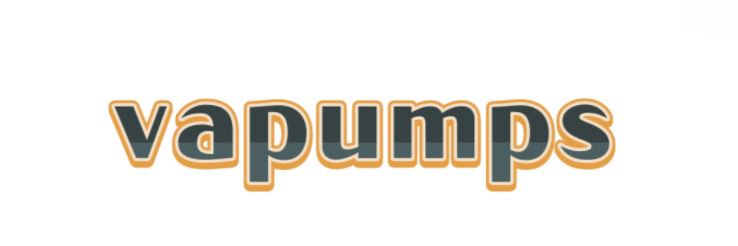How Can 3-Head Coating Lines Revolutionize Production?
In an era where manufacturing efficiency and product quality have never been more critical, the emergence of advanced coating technologies heralds a transformative shift in production processes. One such innovation, the 3-head coating line, exemplifies this evolution, offering a myriad of benefits that can significantly enhance operational capabilities.
If you want to learn more, please visit our website 3-head coating line.
The core advantage of employing a 3-head coating line lies in its ability to optimize the coating process for various substrates. Traditionally, manufacturers relied on single or dual-head coating systems, which often limited productivity and flexibility. The advent of the 3-head coating line overcomes these challenges by allowing simultaneous application of multiple coating layers or different formulations. This not only accelerates production but also ensures a more uniform and consistent finish across products.
Consider the implications for industries such as automotive, electronics, and consumer goods. Each of these sectors demands precision and quality, where even the slightest deviation can lead to product rejection or consumer dissatisfaction. With a 3-head coating line, manufacturers can achieve precise thickness control, reducing material waste and maximizing the efficiency of raw material usage. Moreover, the capability to apply various coatings in one pass minimizes downtime and enhances throughput, allowing businesses to meet increasing market demands without compromising quality.
The versatility of the 3-head coating line is also noteworthy. Different heads can be equipped with diverse technologies—such as electrostatic, airless, or rotary atomization—allowing for greater adaptability to varied production requirements. This flexibility enables manufacturers to switch between products or coating types without the extensive setup times typically associated with changing processes. Such agility is indispensable in today’s fast-paced market, where speed to market is a decisive factor for competitive advantage.
Furthermore, the 3-head coating line contributes significantly to environmental sustainability. By optimizing the application process, manufacturers can reduce overspray and minimize the use of volatile organic compounds (VOCs), aligning with global regulatory compliance and sustainability goals. The more efficient use of resources translates to a lower carbon footprint, appealing not only to eco-conscious stakeholders but also enhancing a company’s brand reputation. As consumers increasingly prioritize sustainable practices, investing in advanced technologies such as a 3-head coating line exemplifies corporate responsibility.
The consistency and quality control facilitated by the three-head design cannot be overstated. Each head can be tailored to apply specific coatings with exceptional precision, leading to superior adhesion, durability, and corrosion resistance. This is especially vital in applications where coatings serve not only decorative purposes but also protective functions. The ability to achieve uniformity across large batches ensures that each product meets stringent quality standards, thus reducing the risk of returns and fostering customer satisfaction.
Another critical aspect of incorporating a 3-head coating line is its integration capability with automation and Industry 4.0 initiatives. The modern manufacturing floor demands enhanced interconnectedness and data exchange among machines. Many 3-head coating lines are equipped with smart technology that allows for real-time monitoring and adjustments. This leads to predictive maintenance, where potential issues can be identified before they escalate into costly downtime, ultimately enhancing overall productivity. The resulting data from these systems can be leveraged to inform operational decisions, improve processes, and guide R&D efforts, creating an intelligent manufacturing ecosystem.
Nevertheless, the transition to a 3-head coating line is not solely a technological upgrade but a strategic decision that necessitates a thorough understanding of production requirements and goals. Companies considering this shift need to assess their operational workflows and workforce capabilities. Investing in training programs to familiarize personnel with new equipment and processes is paramount, as human expertise remains a vital component of optimizing any technological advancement.
Moreover, while the benefits of a 3-head coating line are substantial, businesses must approach implementation with a keen eye on their budget and return on investment. A comprehensive analysis that evaluates the total cost of ownership—including maintenance, training, setup, and operational efficiency—will ensure a judicious investment choice. Working with experienced partners who understand the intricacies of coating technologies can provide invaluable insights and resources for a successful adoption.
In conclusion, the introduction of a 3-head coating line signifies a revolutionary step forward in production capabilities. Its ability to enhance efficiency, promote sustainability, and ensure product quality positions it as a game-changing solution for various industries. As manufacturers adapt to the growing challenges of a competitive landscape, embracing such advanced technologies will no longer be a luxury but a necessity for survival and growth. The future of production lies in innovation, and with the 3-head coating line, businesses are poised to meet that future head-on.
If you are looking for more details, kindly visit color coating process.

